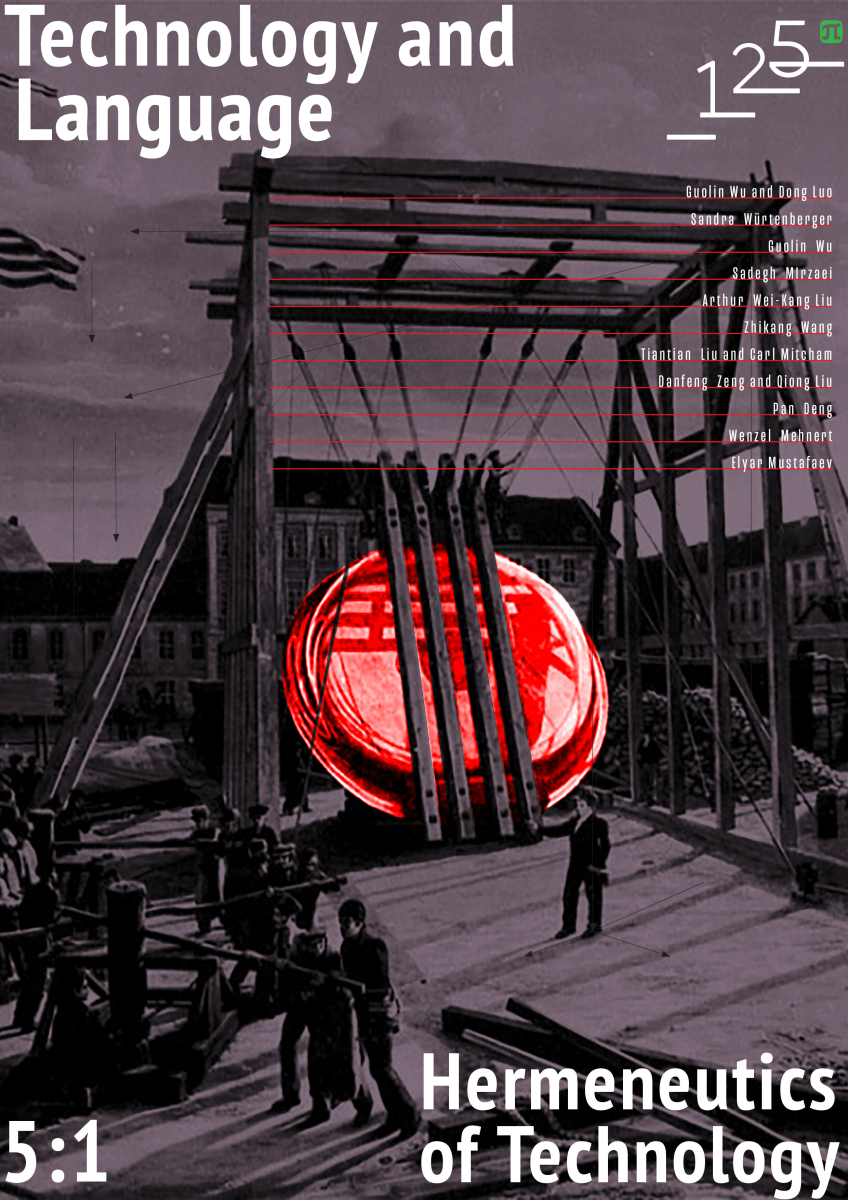Anthropomorphic Metaphors as a Cognitive Model for the Conventionalization of Thought
The ability to think metaphorically inanthropomorphic domains served as a stimulus to look for ways of decoding such metaphors. The article presents a three-level classification of metaphors based on the degree of difficulty of their decoding. The typology is based on types of intelligence: flexible and crystallized. It includes non-figurative, basic intuitive, extended associative and nested multi-stage metaphors. The proposed approach allows one to discover the fundamental principles of the formation of linguistic meanings. The empirical invariant-component analysis of the polysemous substantive “a head” is presented from the standpoint of the anthropomorphic approach. By means of metaphor-clustering and the attendant reduction of the obtained semantic components the lexical invariant of this word is revealed. By considering similar analyses, it is concluded that the invariant-cluster approach is helpful in disclosing the way polysemous words are mapped in the lexicon. It is shown that anthropomorphic metaphors are interconnected by means of dominant invariant components which are formed over time in the individual's cognitive niche as a result of anthropomorphic thinking. They consolidate the semantics of polysemous words. As a result, the advantage of the invariant approach in describing the semantics of anthropomorphic metaphors can be demonstrated in comparison with the traditional one. It is concluded that the constant emergence of new anthropomorphic metaphors is carried out within the framework of invariant components. The conceptual processes and language use cannot be viewed and studied in isolation from human embodiment.



